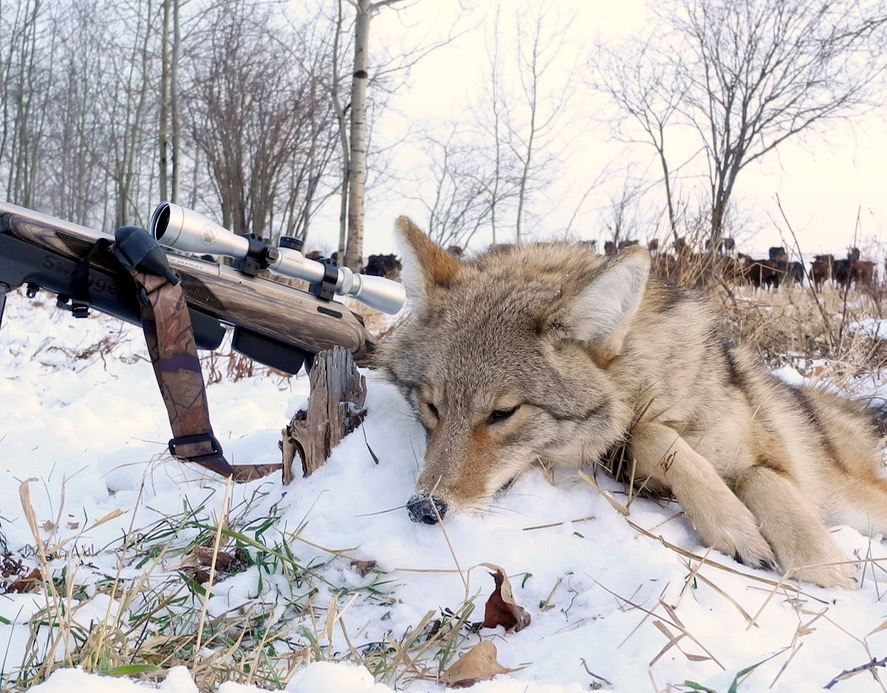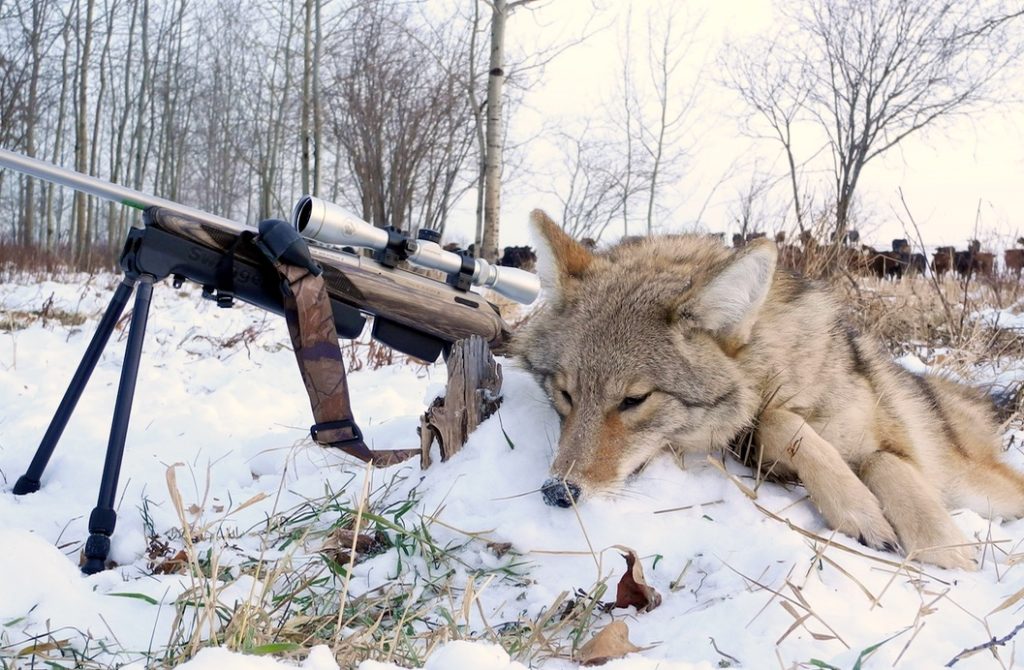THE ART OF THE CALL
There’s more to successfully luring in wily coyotes than simply making the right sounds
Advertisement
#1 SCOUTING
When mid-winter rolls around, much of Canada has less than eight hours of daylight. The efficient coyote hunter, therefore, will want to spend most of that time hunting, not finding somewhere to hunt. The key is to have a scouting method that quickly locates concentrated numbers of coyotes. I have just such a system, and it has never failed me. Just go for a drive in the country, and once you’ve found cattle, you’ve found coyotes.
Advertisement
It all starts with the various food sources on a cattle farm. Coyotes will eat just about anything, including some types of cattle feed. Then there are hay bales, which make cozy homes for mice and voles. Once the bales are lifted, moved and broken apart, the scattered rodents become accessible to coyotes.
Next are the cattle themselves. There will always be mortality in a herd during the harsh winter months, mainly because of the cold and disease, and that also attracts hungry coyotes. The only thing better than a dead cow for luring in coyotes is calving time.
I’m convinced that when a herd is calving, every coyote within 10 kilometres knows it. Given half a chance, they’ll kill a newborn calf in a heartbeat. Coyotes will certainly go for the placenta, and if something goes wrong and there’s a stillbirth or a partial delivery, they’ll do things I don’t care to write about in detail. It’s all part of nature, of course, and part of the coyote’s nature is to go where the pickings are easy. That’s why cattle herds can be the key to hunting success during winter.
Advertisement
When you find a herd of cattle, coyotes are very often in the vicinity
When you’re getting permission to hunt on a farm, also ask the owners where they’ve been seeing coyotes, and where the coyotes run to when they’re spooked. Also find out where dead livestock are dumped. The answers to those questions will help narrow down your search.
You’ll typically find coyotes within two kilometres of the cows. Look for a ravine or patches of bush where they can lay up until they start to forage at dusk. If you need to confirm their travel routes, take a walk around the cattle herd looking for coyote tracks. You can also try some locator howling to pinpoint their location. Do all this a few times and it won’t be long before you’ll be able to observe a winter-feeding operation and have a pretty good idea where the coyotes are hanging out.
No cattle farms where you hunt? Any kind of intensive animal husbandry operation will attract coyotes, whether its poultry, hogs or sheep. Herds of wintering big game and areas with good rabbit populations are also coyote magnets. Then there are the edges of railroad track and busy highways, where roadkill is sure to keep coyotes in the vicinity. All of these food sources offer prime areas for calling.


